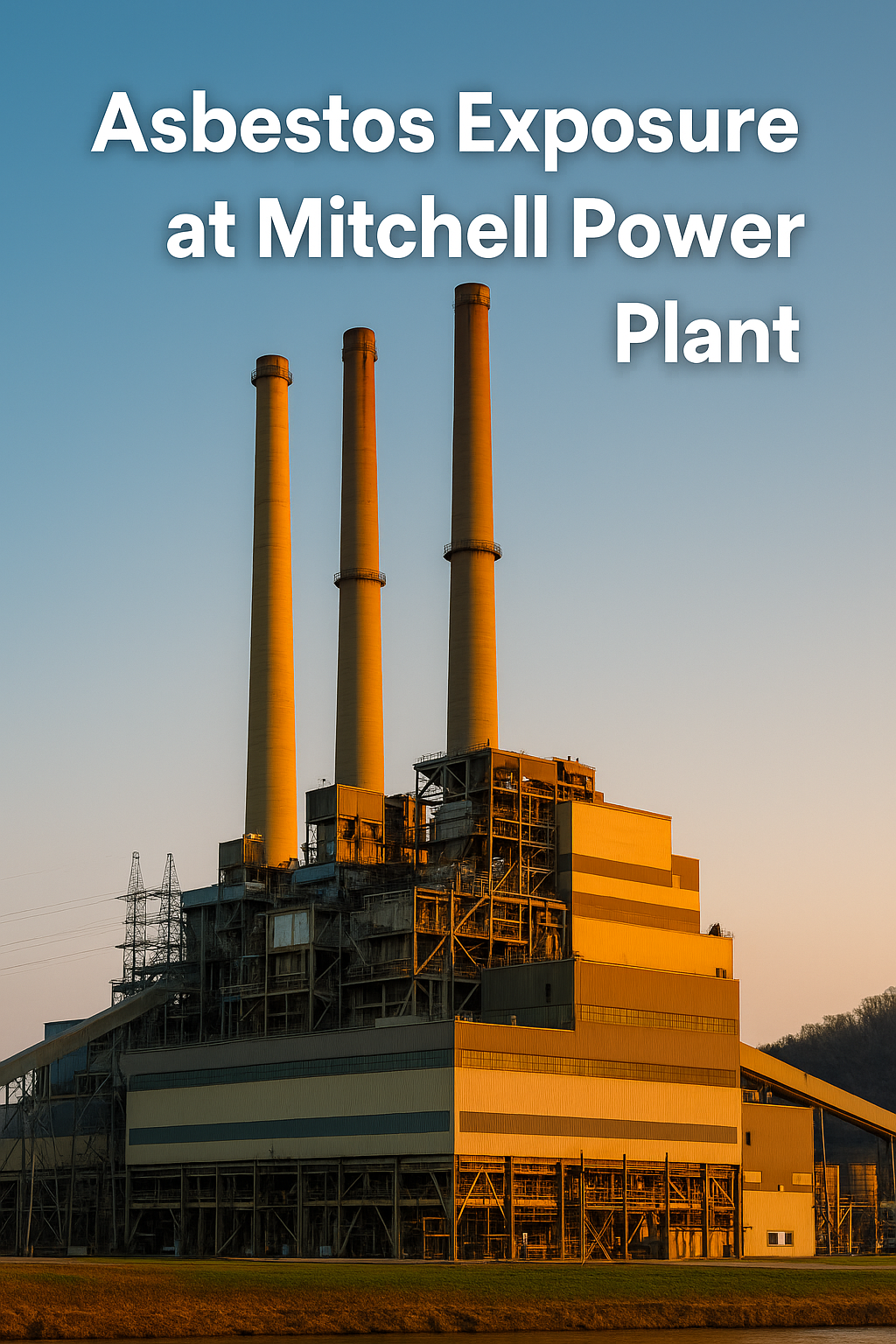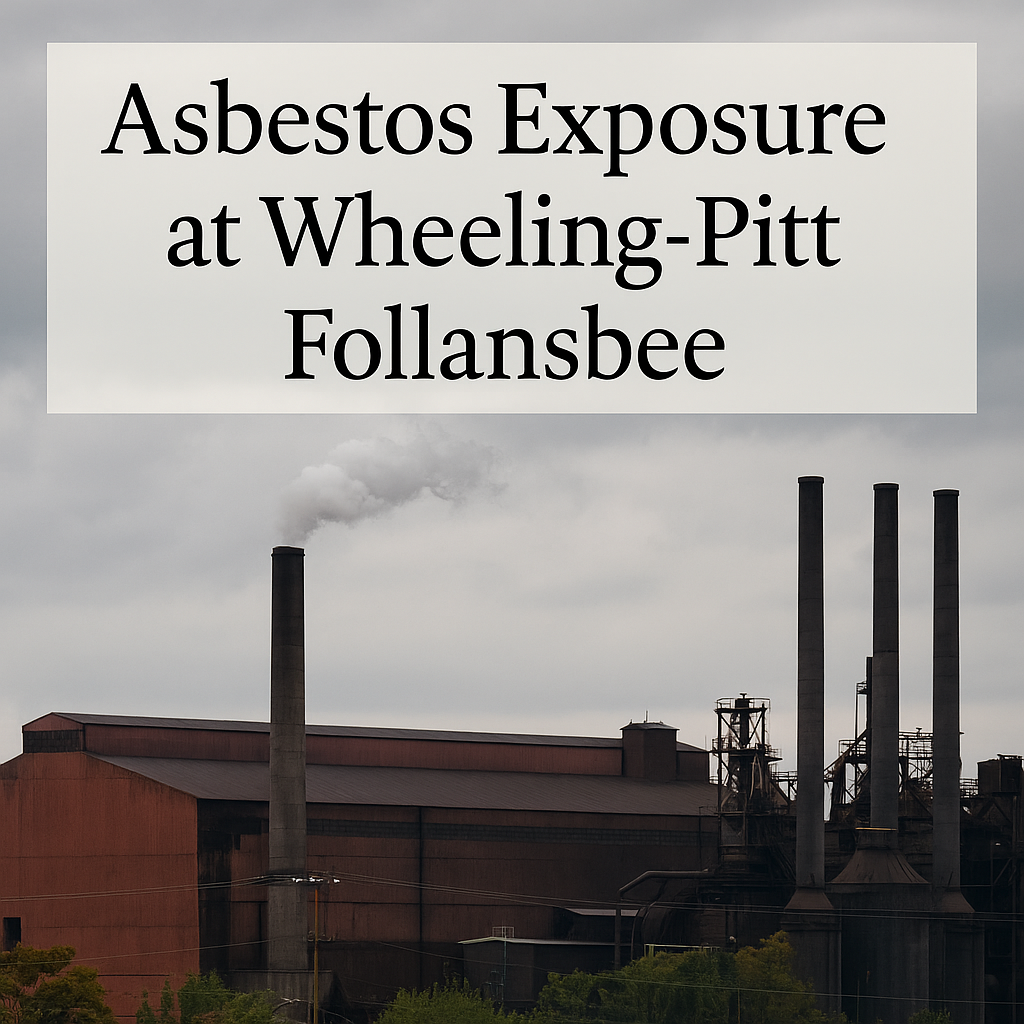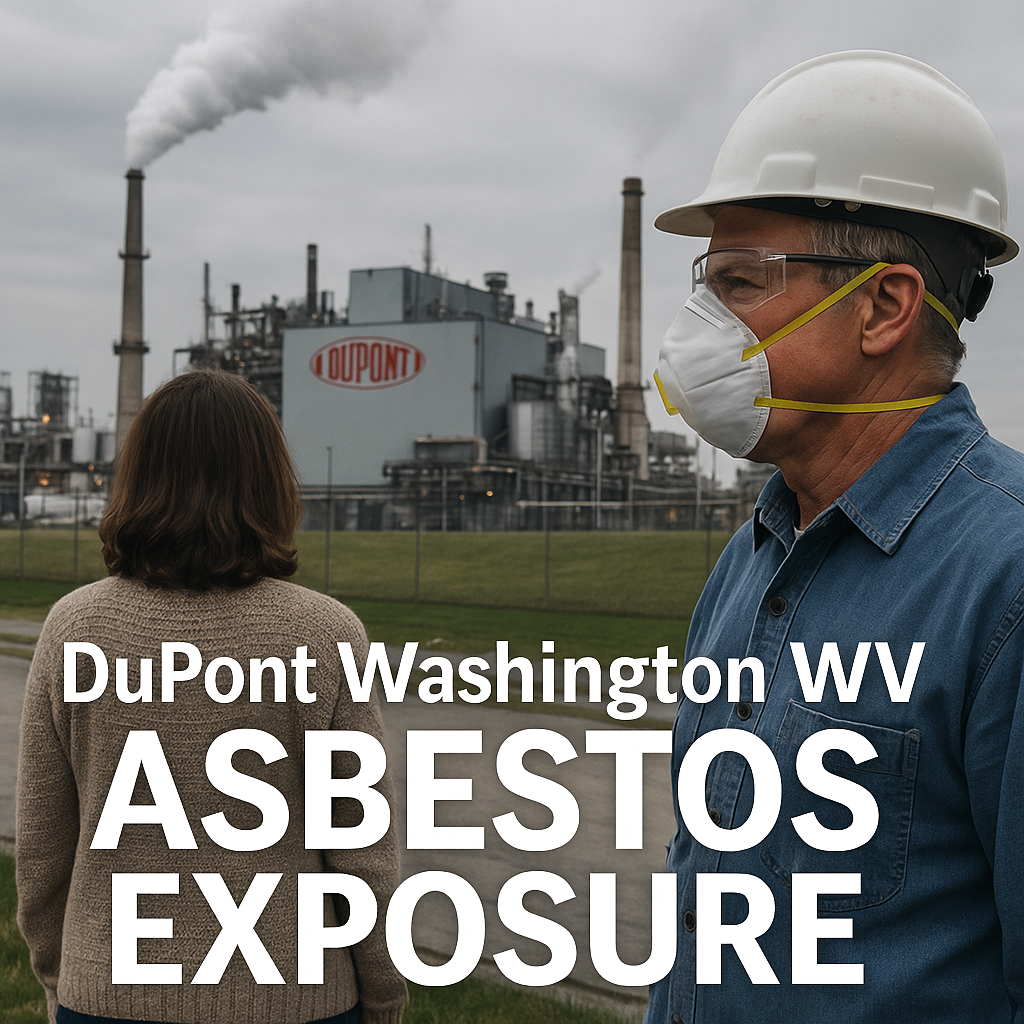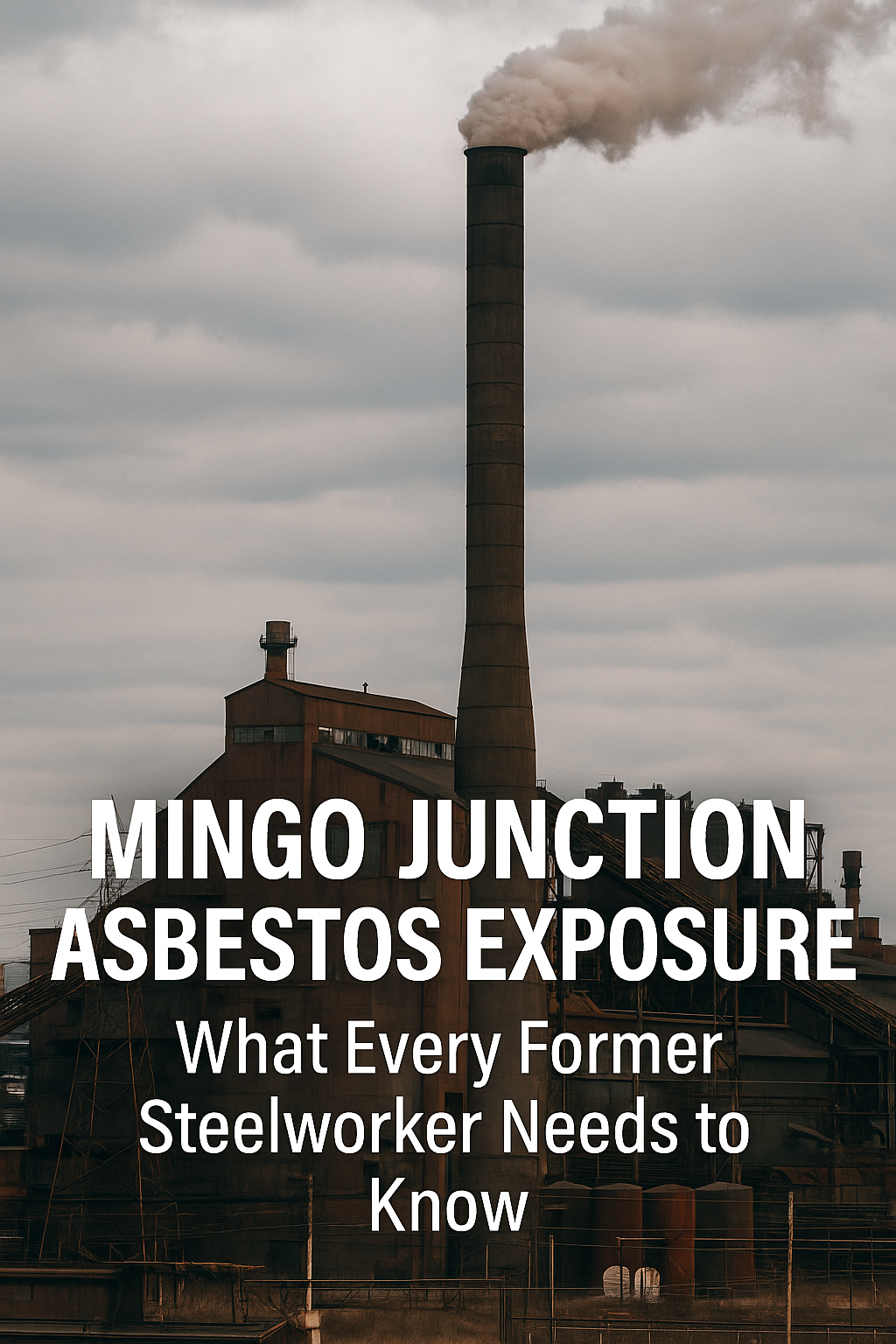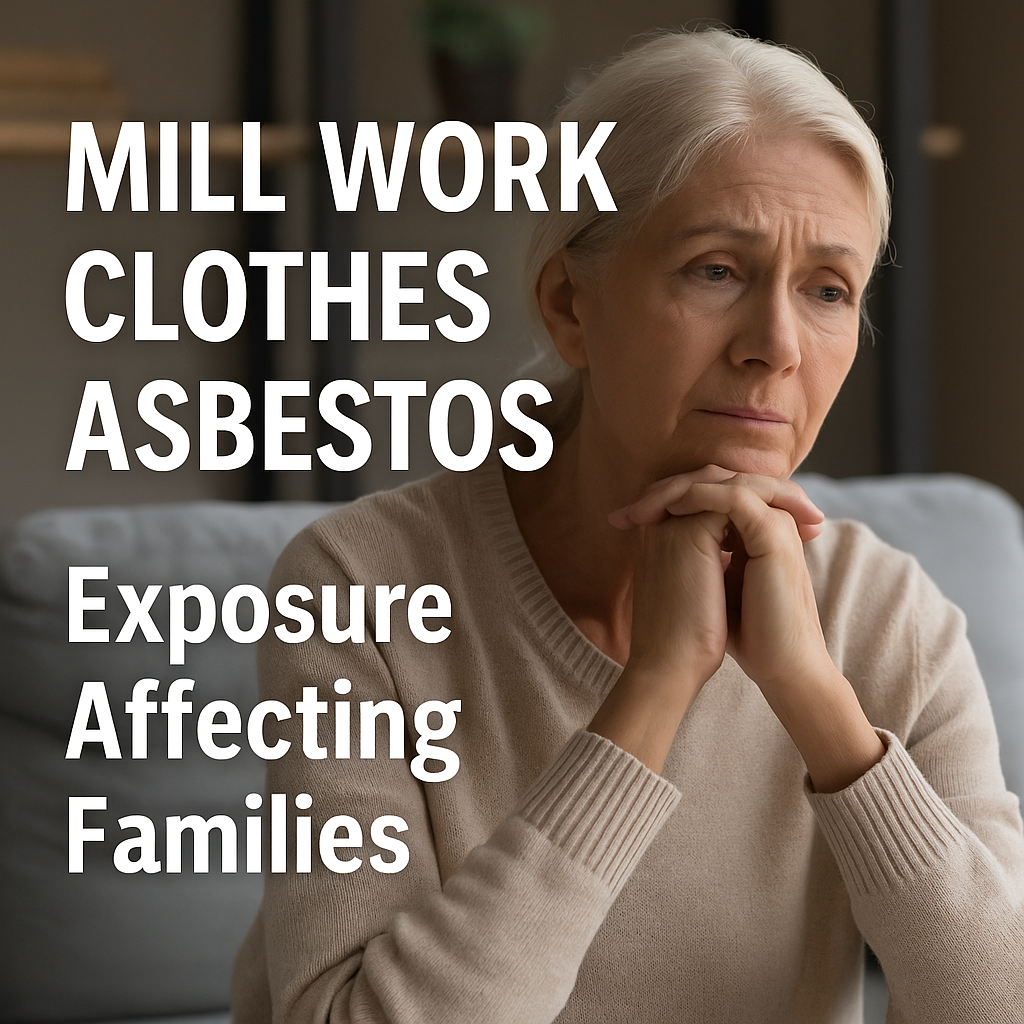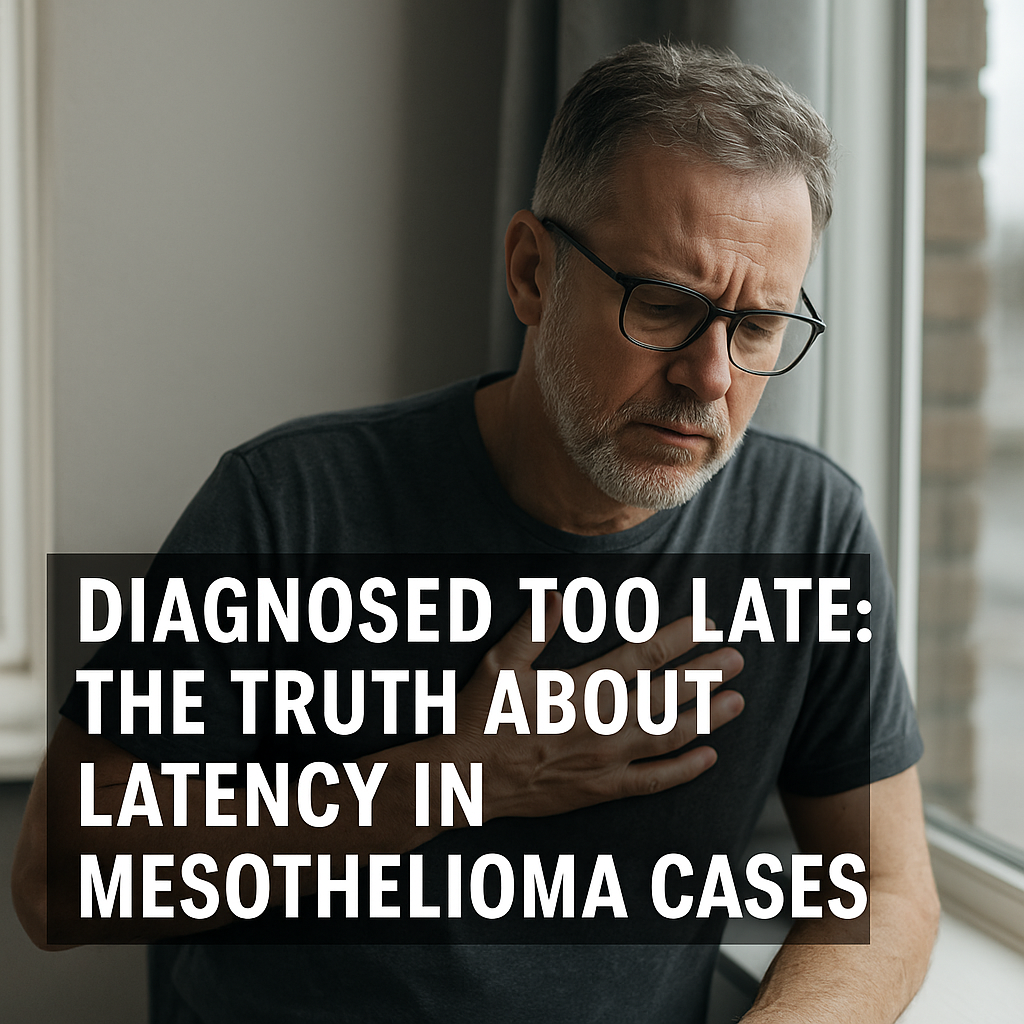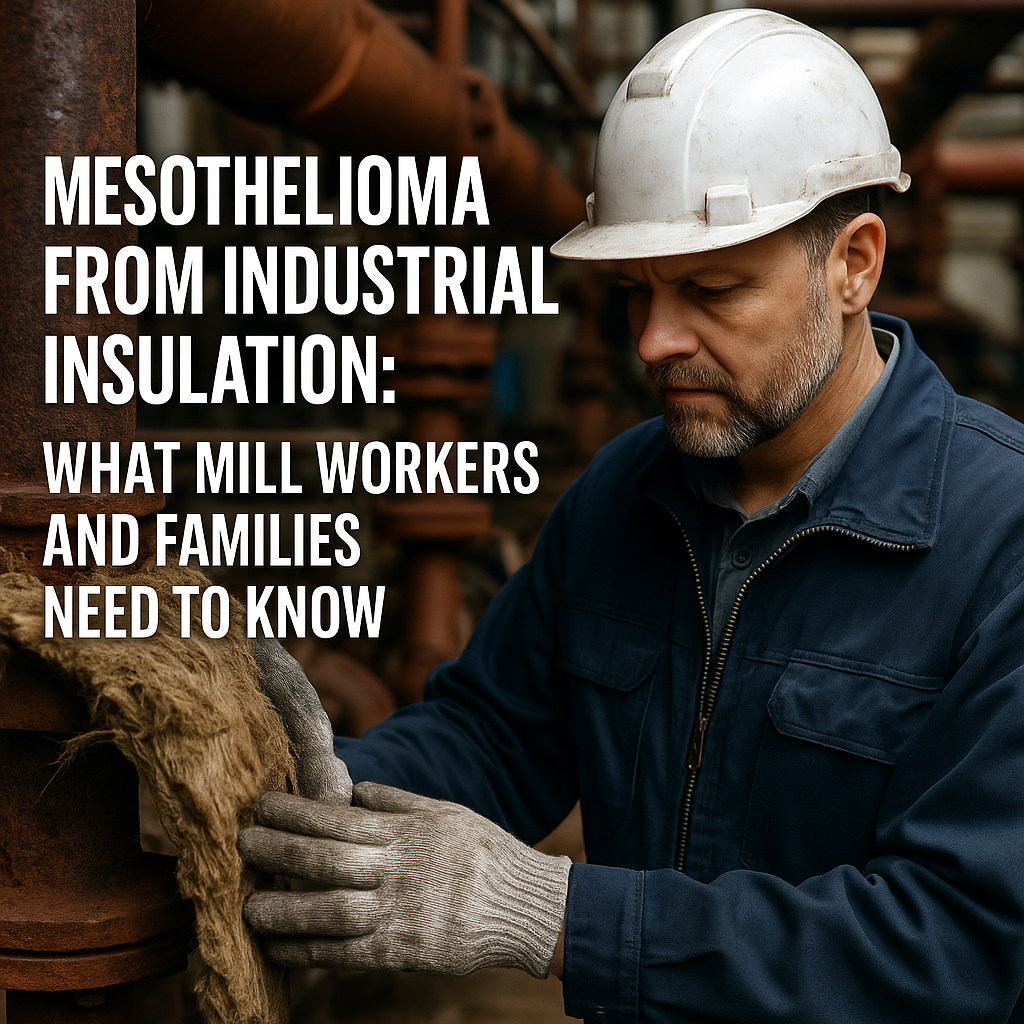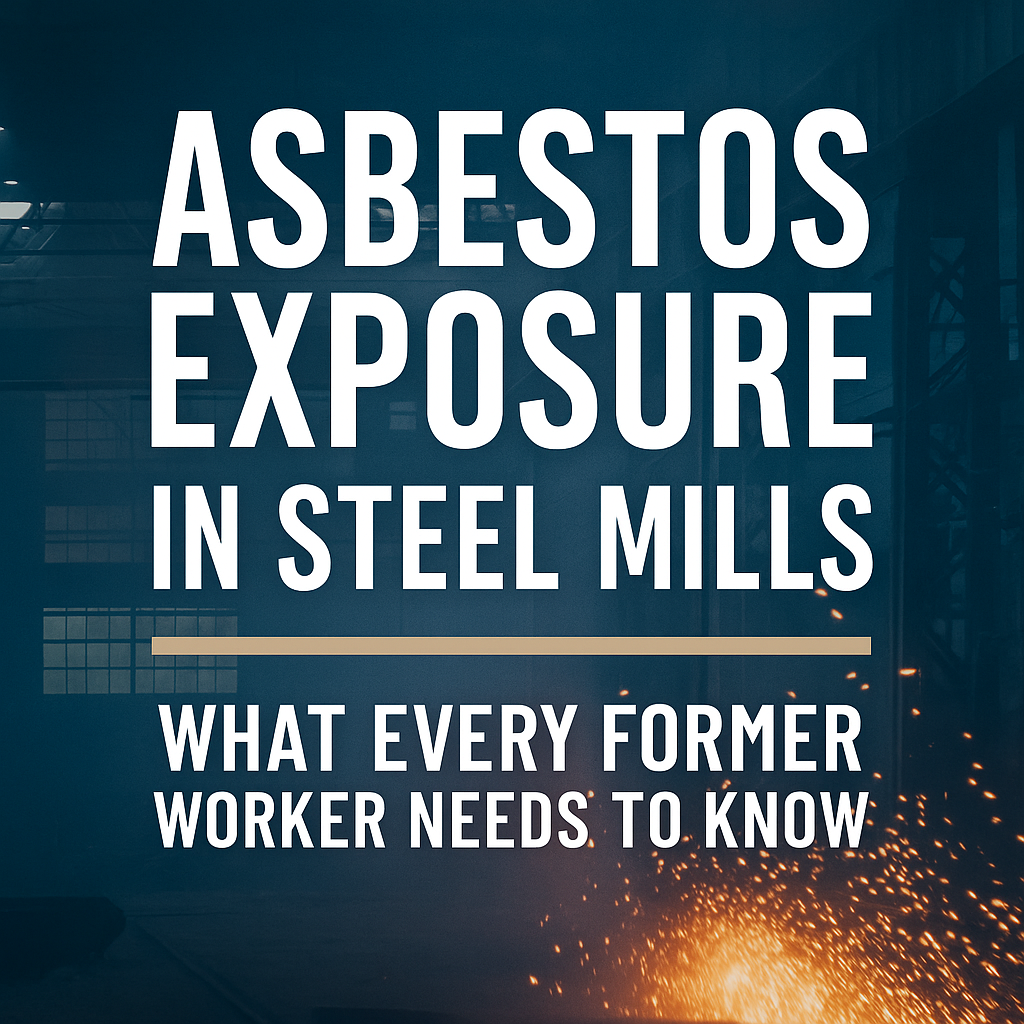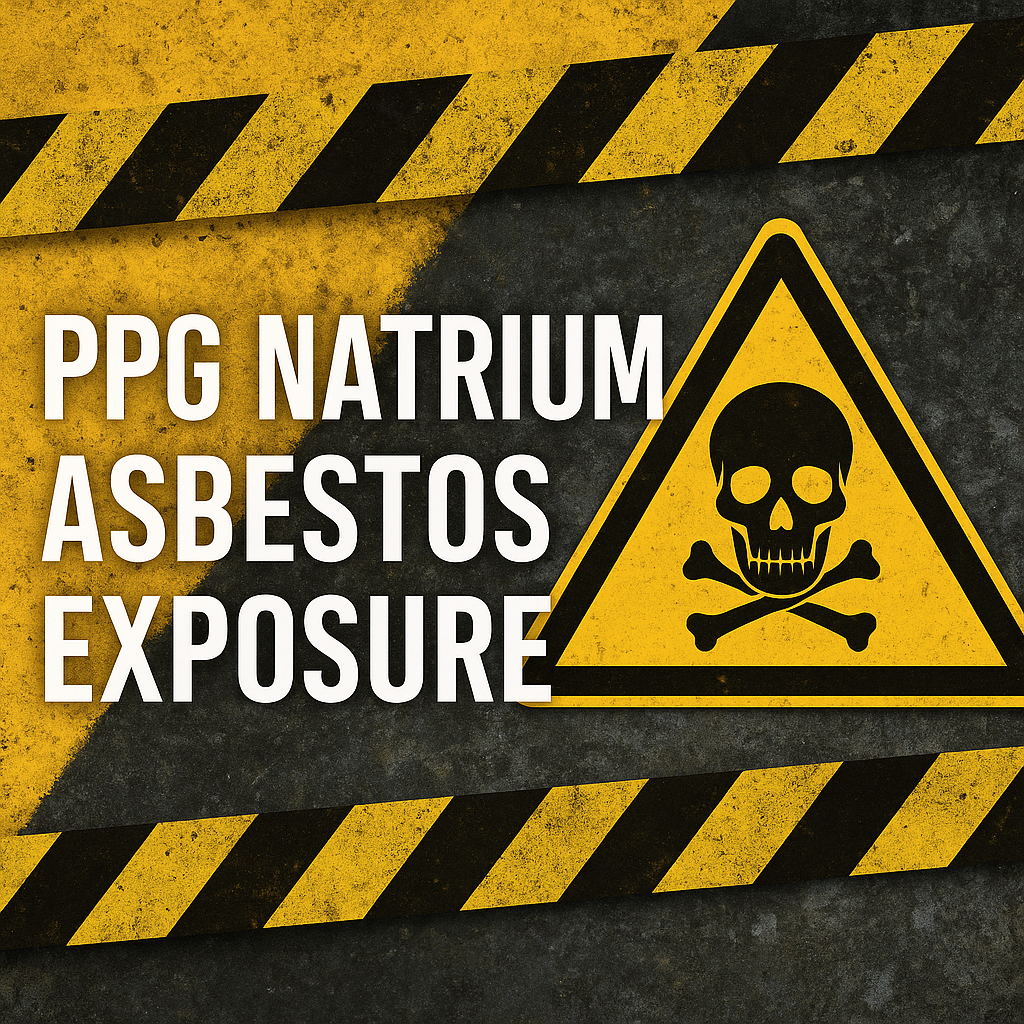Asbestos exposure at Mitchell Power was a hidden risk faced by countless workers at the power station near Moundsville, West Virginia. Employees in maintenance, turbine operations, and boiler systems were regularly exposed to asbestos-containing insulation, gaskets, and pipe coverings. These exposures may not have seemed dangerous at the time, but decades later, they’ve led to devastating diagnoses like mesothelioma and asbestosis.
Located in Marshall County, Mitchell Power Plant operated for decades as a major source of regional electricity — and unfortunately, a major source of industrial asbestos exposure. This power station, like many others in the Ohio Valley, relied heavily on asbestos materials to insulate and fireproof high-heat systems. Workers inhaled microscopic fibers that lodged deep in their lungs, often without any knowledge or warning.
Check If Your Family Was Exposed
Get your free guide instantly + a confidential case review.
🔒 100% Confidential. No obligations.
The Legacy of Power Station Asbestos Use
The risks of asbestos exposure at Mitchell Power were particularly severe for those who worked in confined spaces — around turbines, boilers, and pipes where asbestos insulation was disturbed during repairs or upgrades. Even short-term exposures may now result in delayed symptoms, which can appear 20 to 50 years later. Symptoms like chest pain, chronic cough, or shortness of breath should never be ignored if you worked at the plant.
Many former employees weren’t told about the dangers until after retirement. Others watched coworkers fall ill, unaware that their own health was at risk. If you or a loved one worked at Mitchell Power and have since been diagnosed with an asbestos-related illness, it’s critical to take the next steps before it’s too late.
What Former Mitchell Power Workers Can Do
Legal claims for asbestos exposure at Mitchell Power are possible — even decades after your last shift. You may be entitled to significant compensation for medical bills, lost income, and pain and suffering. Evidence from union records, Social Security, or pension files can help confirm employment and exposure at the site.
Asbestos Exposure Didn’t End at the Plant
One of the most tragic aspects of asbestos exposure at Mitchell Power was how it extended beyond the facility. Many workers unknowingly carried asbestos fibers home on their clothing, boots, or gear — putting their spouses and children at risk. These “take-home asbestos cases” have led to secondary exposures that are just as deadly. Wives who laundered dusty uniforms and children who hugged their fathers after work have since developed mesothelioma or other asbestos diseases. If your family was affected by asbestos brought home from the Mitchell Power Plant, legal options may still be available to hold those responsible accountable.
CALL NOW
If you or someone you love worked at Mitchell Power near Moundsville and is facing a diagnosis linked to asbestos exposure, don’t wait. Call (412) 781-0525 or contact us here for a free case review. We’ve been helping asbestos victims in West Virginia since 1988 — and we’re ready to help you too.

